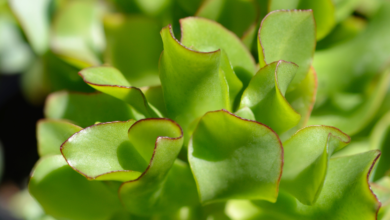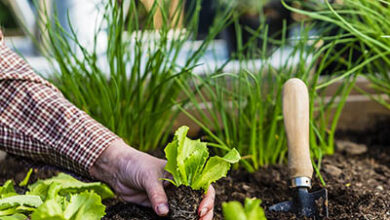A bountiful harvest hinges on picking a blueberry variety that aligns with your region and growing conditions. Blueberries are a popularly planted fruit. There are three main species of blueberry:
- Lowbush (Vaccinium angustifolium)
- Highbush (Vaccinium corymbosum)
- Rabbiteye (Vaccinium virgatum, syn. Vaccinium ashei)
Lowbush and highbush plants (and their hybrids) are typically grown in northern areas with colder winters, while rabbiteye varieties thrive in the south.
Lowbush blueberries are small plants that reach 1-2 feet tall. They spread underground via rhizomes and produce the sweetest berries on young stems. Lowbush blueberries are typically pruned back hard to the ground every few years.
Highbush blueberries are the most common category of blueberry bush. These full-size shrubs reach 5-6 feet tall and can get quite bushy in good growing conditions. Highbush blueberry plants do well in shrub borders, and many modern cultivars have been developed to thrive in various different growing conditions.
There are also modern hybrid blueberry varieties that are a cross between highbush and lowbush blueberries. Originally introduced by the University of Minnesota (among others), these “half-high blueberries” reach 3-4 feet tall, making them perfect for compact gardens.
Rabbiteye blueberries are a giant species of blueberry bush that can reach 10-15 feet tall and wide when mature. These vigorous plants grow well in the southern states, where highbush plants can struggle.
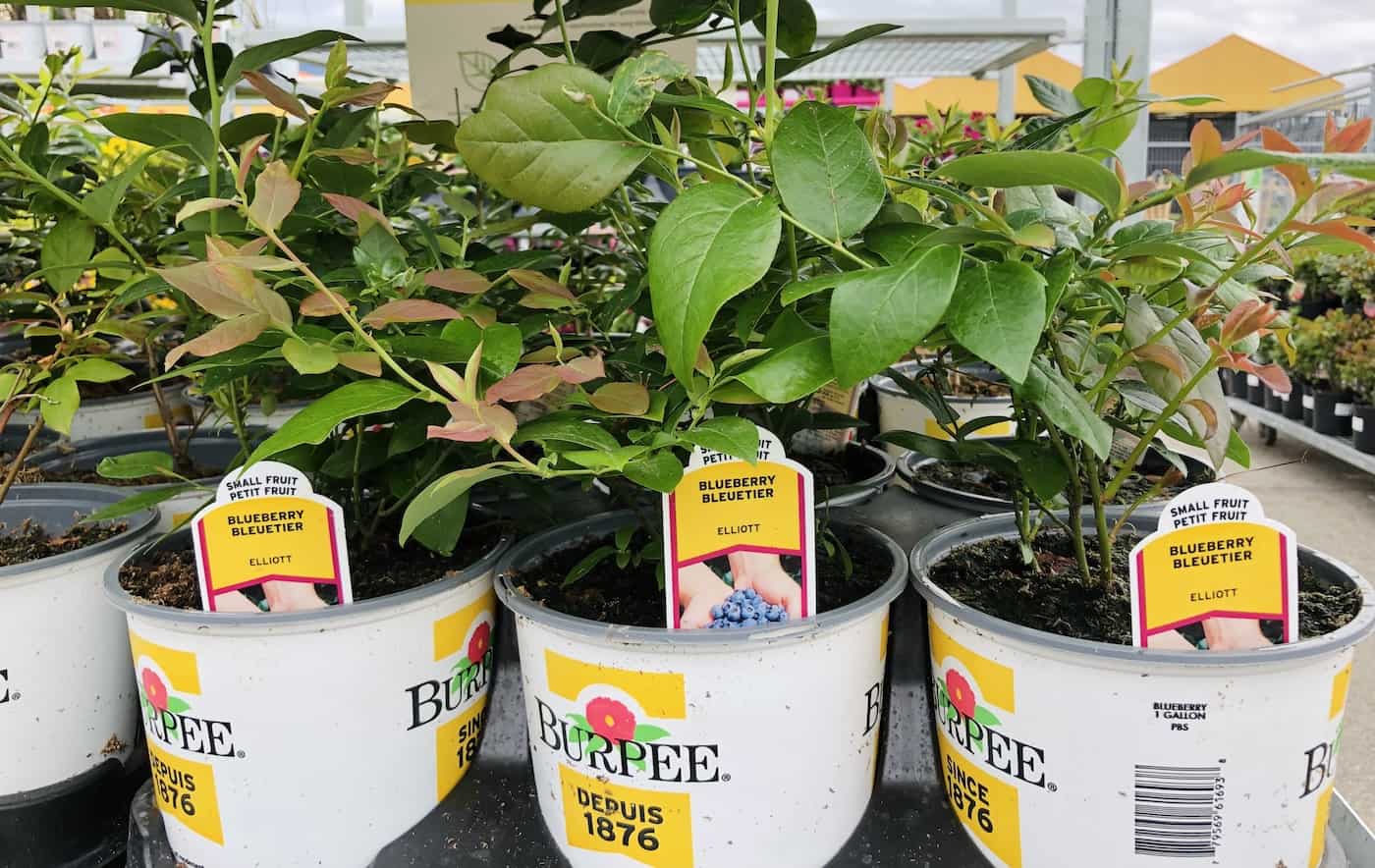
Choosing a variety
Each variety has its unique characteristics, such as winter hardiness, fruit size, and flavor. Seek advice from your local Cooperative Extension when deciding on the blueberry variety that would thrive best in your area. With that said, here are some cultivars to look for as a home gardener.
Here are some of the best-tasting highbush blueberry cultivars:
- Blueray
- Bluecrop
- Coville
- Darrow
- Elliott
- Jersey
Here are some of the best-tasting half-high blueberry cultivars:
- Chippewa
- Polaris
- Northsky
Here are some of the best-tasting lowbush blueberry cultivars:
- Cumberland
- Fundy
Here are some of the best-tasting rabbiteye blueberry cultivars:
- Beckyblue
- Delite
- Rebel
Most blueberry varieties need a different variety nearby to pollinate them. Without a pollinator partner, fruit will not develop at the blossoms. Choose plants of a few different varieties that tend to flower around the same time in the spring for the best chance at a good crop (see the section below called Pollination and yield improvement).
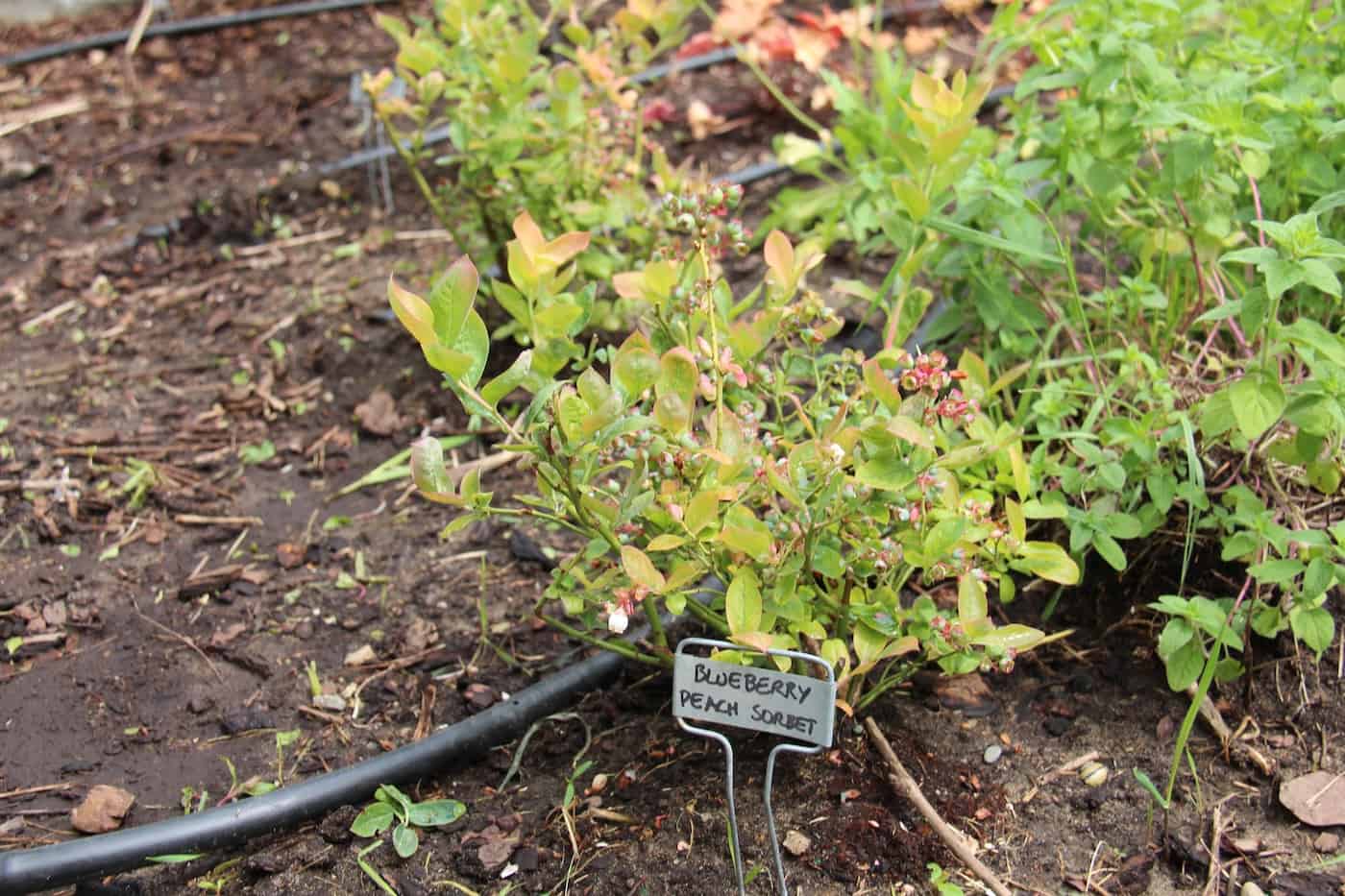
Choosing a planting location
The growth and fruit production of your blueberry bushes heavily depends on the location you choose for them. Most importantly, they really do need acidic soil. Well-drained soil is appreciated. Full sunlight exposure is best for these plants. They can handle partially shaded areas, but shade will reduce berry production.
Full sun ensures that your plants receive enough sunlight to produce fruit, while well-drained soil helps prevent root rot and other issues related to excess water. Additionally, be mindful of competition from trees and provide adequate wind protection for your blueberry plants.
If your soil is not ideal for growing blueberries, don’t worry! Raised beds or patio containers filled with a mix of soil and organic matter, such as peat moss, can be used to create the perfect environment for blueberries. Nonetheless, it’s imperative to test your soil pH before planting and regulate it with sulfur or peat to hit the optimal pH range of 4.0-5.5.
Soil preparation
Proper soil preparation is vital for the well-being of blueberry plants, as it helps create an acidic planting environment with improved drainage and fertility. It is much, much easier to acidify the soil before you plant than it is to wait until afterward.
Here are the steps to prepare the soil for blueberry plants:
- Test your soil pH before planting. It’s important to decipher whether your soil’s natural pH is acidic or alkaline.
- Adjust the pH accordingly. Blueberries thrive in acidic soil with a pH range of 4.0-5.5 (or so). Incorporate sulfur and peat moss into the soil at a depth of 12 inches or more to lower the pH and make it more acidic.
- Mix in some organic compost to improve tilth and fertility.
- Water the area thoroughly to check that water drains into the soil easily and does not puddle on the surface for an extended period.
By following these steps, you can create an optimal planting environment to plant blueberry bushes, ensuring the success of your blueberry plants.
Planting blueberry bushes
With the right blueberry variety chosen and the perfect location prepared, you can now proceed to plant your blueberry bushes. You don’t need to fertilize them when you plant them (wait 4-6 weeks before applying fertilizer).
When planting bare-root blueberry plants, prepare a hole and spread the roots out. Ensure the root ball is no more than 1/2 inch below the soil surface and cover with soil. For container-grown blueberries, remove the plant from its container and place it in the planting hole, making sure the root ball is level with the surrounding soil.
Blueberry shrubs typically require a spacing of about four feet apart, depending on their mature size. Dwarf cultivars may need less space, while personal landscape designs can dictate wider spacing. This spacing allows for adequate air circulation and room for growth.

Watering blueberries
Consistent watering is essential for blueberry plants, as their shallow roots require adequate moisture to thrive. Implement a regular watering schedule, providing deep watering at least once a week. Water your blueberry plants early in the morning or late in the afternoon to minimize evaporation and ensure maximum absorption.
Keep an eye on rainfall patterns and adjust your watering schedule accordingly to guarantee that your blueberry plants receive the appropriate amount of water for optimal growth and fruit production.

Fertilizing and mulching
Fertilize your blueberry plants with acid-forming fertilizers, such as ammonium sulfate, to maintain soil acidity and promote healthy plant growth. Apply fertilizer one month after planting. Fertilize again in the early and late spring. Organic fertilizers like fish emulsion, compost, or manure tea can be used to provide essential nutrients to your blueberry plants.
Annual or biennial evaluation and adjustment of your soil pH are crucial for sustaining the ideal conditions for blueberry growth. Having your soil pH tested regularly and amending your soil will help ensure that your blueberry plants receive the necessary nutrients for healthy growth and fruit production. It is completely possible for the soil to contain the right nutrients, but the pH level is too high for the nutrients to be available to the plant.
Another crucial part of blueberry plant care is mulching. Apply a 2 to 4-inch layer of organic mulch, such as pine needles or aged sawdust, around the base of your blueberry bushes. Mulching helps maintain soil moisture, suppress weeds, and maintain soil acidity, ensuring your blueberry plants receive the necessary nutrients for growth and fruit production.
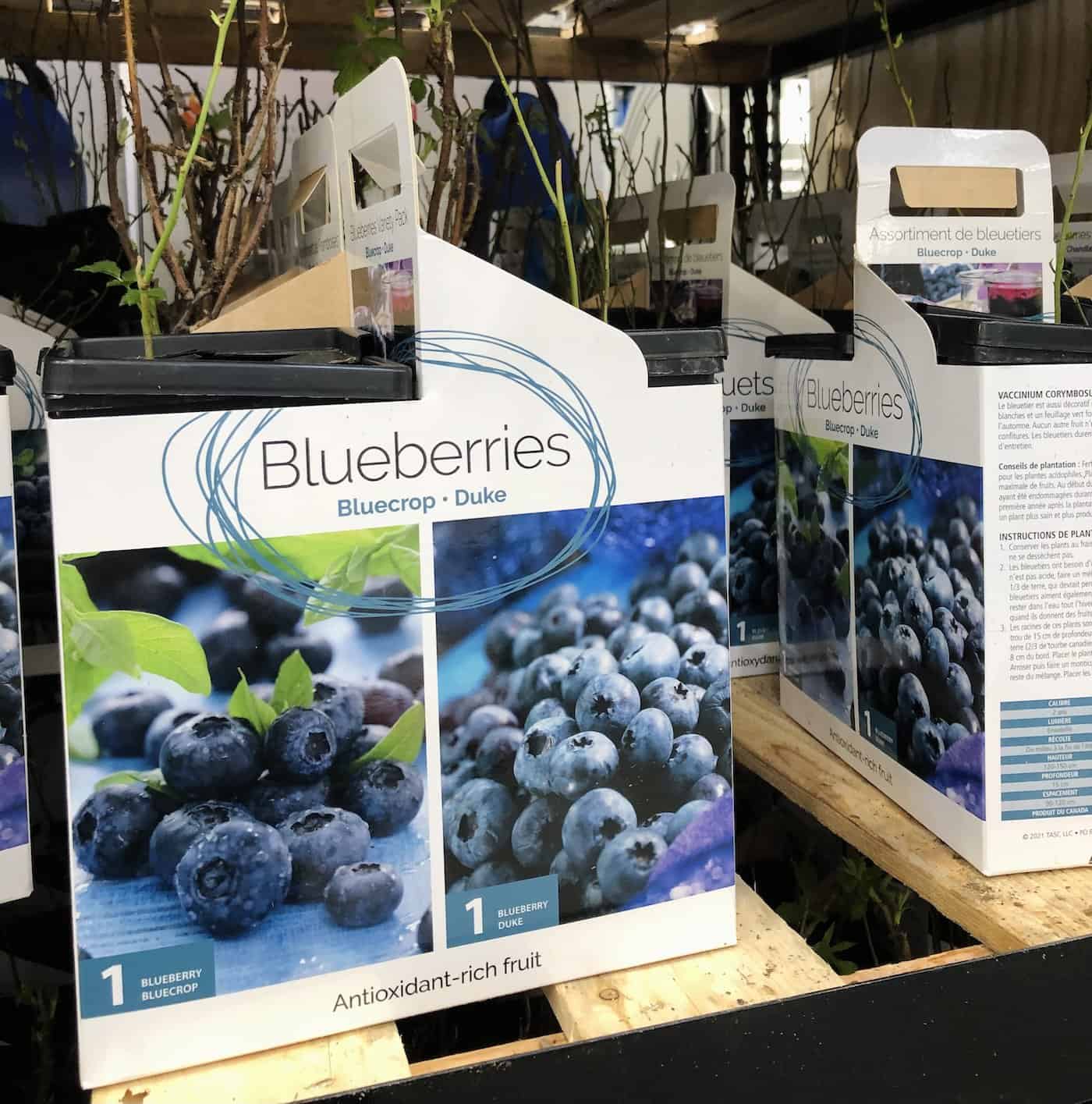
Pollination and yield improvement
Planting two or more blueberry bushes of different varieties close together can enhance pollination and boost fruit yield. Cross-pollination between varieties results in a greater yield of larger berries, as flowers are fertilized with pollen from a different variety.
Ensure that the varieties you choose have simultaneous blooming periods so that cross-pollination can occur. Blueberries are classified into three groups based on their flowering and ripening times: early-season, mid-season, and late-season. For successful pollination and a better fruit set, plant at least two different varieties from the same flowering group.
Here are some pollinating partner cultivar groups of highbush (northern) blueberry to consider:
- Early-season: ‘Earliblue,’ ‘Bluetta,’ ‘Spartan,’ ‘Ivanhoe’
- Mid-season: ‘Bluecrop,’ ‘Duke,’ ‘Blueray,’ ‘Berkeley,’ ‘Jersey,’ ‘Patriot’
- Late-season: ‘Elliott,’ ‘Coville,’ ‘Lateblue,’ ‘Darrow’
Here are some pollinating partner cultivar groups of rabbiteye (southern) blueberry to consider:
- Early-season: ‘Beckyblue,’ ‘Bonita,’ ‘Woodard,’ ‘Premier,’ ‘Brightwell’
- Mid-season: ‘Bluebelle,’ ‘Briteblue,’ ‘Sunshine Blue’
- Late-season: ‘Centurian,’ ‘Baldwin,’ ‘Tifblue,’ ‘Powderblue’
By planting multiple blueberry varieties, you not only improve pollination but also extend the harvest season, as different varieties ripen at different times. This allows you to enjoy fresh blueberries over a more extended period, maximizing the benefits of your homegrown blueberry bushes.
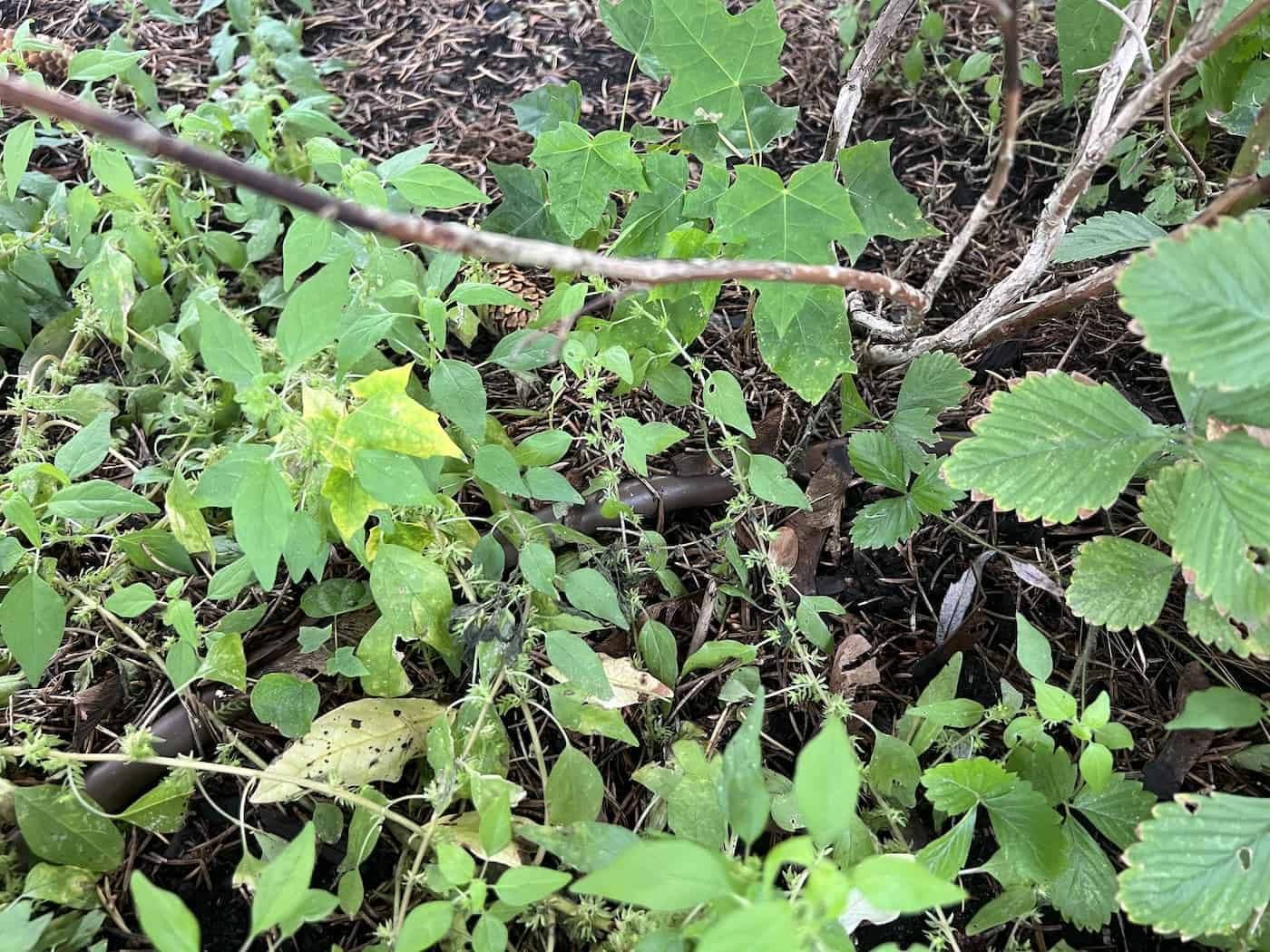
Pruning and maintenance
Regular pruning is essential for the healthy growth of blueberry bushes, as it encourages the development of new branches and removes old, unproductive wood. Prune your blueberry bushes when they are dormant. This time usually falls between late winter and early spring. In the first two years, remove flowers from your blueberry plants to promote plant development and ensure vigorous, productive plants in the long run.
When pruning mature blueberry bushes, remove any dead, diseased, or overlapping branches, as well as the oldest, thickest branches near ground level. This helps to stimulate new growth and maintain the overall health of your blueberry plants.
Other maintenance includes keeping weeds down, removing fallen branches, checking for pests, inspecting drip irrigation tubing, and topping up organic mulch.

Growing blueberries in containers
For those with limited space or challenging soil conditions, growing blueberries in containers is an excellent alternative. Choose an unglazed clay pot for breathability, along with high-quality potting soil. Place your container in a sunny location.
Regularly water your blueberry plants to keep the soil moist but not soggy. Fertilize with a fertilizer formulated for acid-loving plants to ensure your blueberry plants receive the needed nutrients. Take advantage of the easy relocation and protection from birds and other animals that growing blueberries in containers can offer.
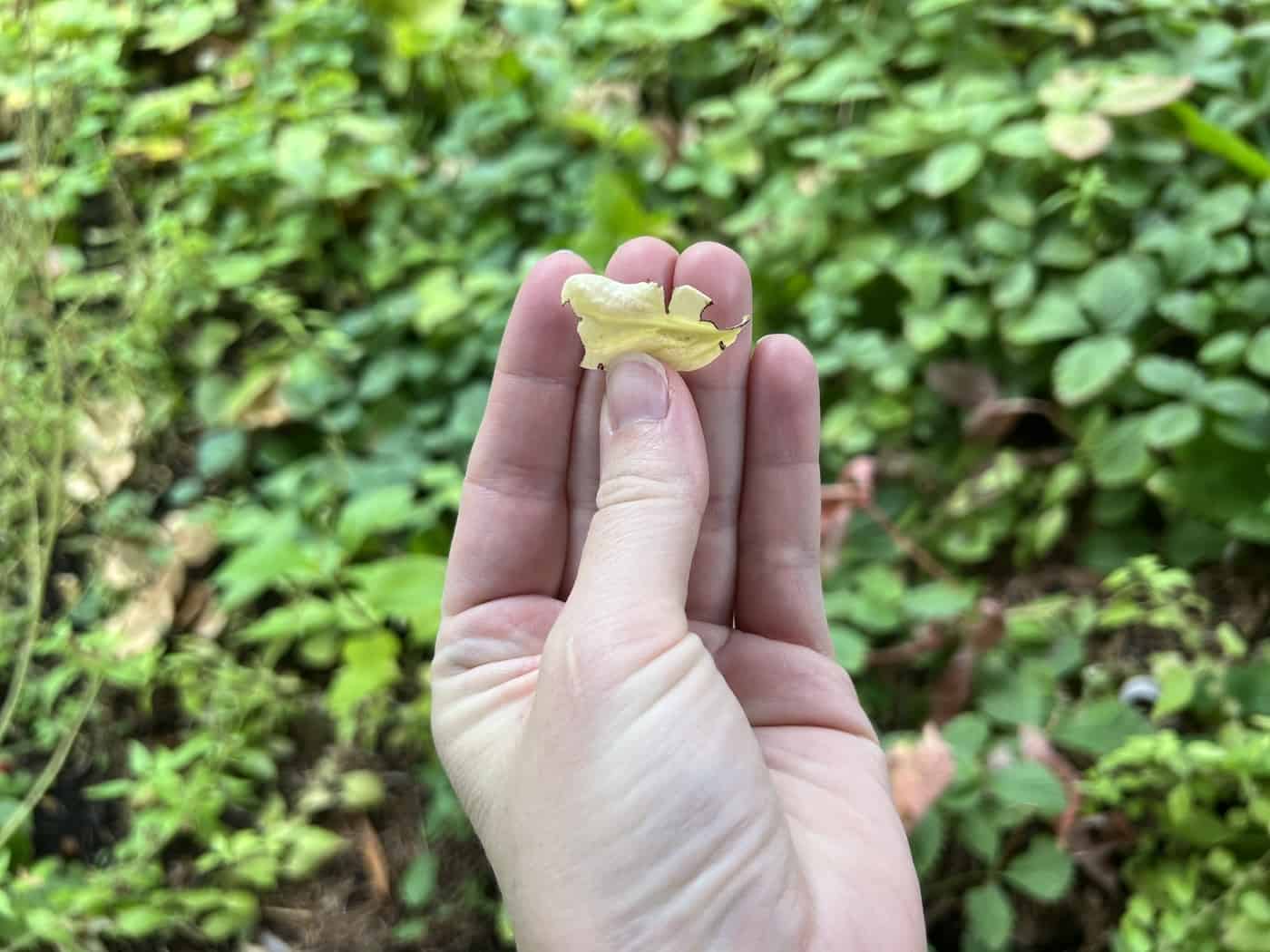
Troubleshooting common pests and diseases
Common pests and diseases that can pose a threat to your blueberry plants include:
- Winter moth
- Blueberry tip borer
- Plum curculio
- Cranberry fruit worm
- Cherry fruit worm
- Scale
Winter moth is a common pest that affects blueberry bushes. The caterpillars of this species are about an inch long and are green in color with yellow stripes. When they are young and tiny, the caterpillars chew through buds and foliage. The holes they leave are quite small but expand as each leaf grows. Larger caterpillars roll up inside leaves with a sticky webbing.
One way to intercept winter moths and other leaf chewers is to put a sticky tree band around the trunk of the tree. These trap the females as they attempt to climb the tree (the females can’t fly). Sticky wraps are generally put on the base of blueberry bushes in the mid-late fall, around Halloween.
Another way to control winter moth on your blueberries is to apply a well-timed natural spray. Dormant oil can be sprayed in the wintertime (typically December to early February). In the spring, organic BTK spray can also work well.
For natural defense, consider companion planting for your blueberries. For instance, low-maintenance evergreens can provide an attractive habitat for protein-hungry birds that feast on pest caterpillars.
In addition, fungal diseases such as powdery mildew, rust, and leaf spot diseases can also cause significant damage. The best defenses against fungal diseases are to plant genetically resistant varieties, provide ample space for air circulation, and water the plants at the soil line instead of getting the foliage wet on a regular basis.
Note that the leaves of blueberry bushes naturally turn red in the fall. This is a normal seasonal change and is not commonly the result of a fungal disease or root rot pathogen.
Harvesting and enjoying your blueberries
Now for the moment you’ve been eagerly anticipating – harvesting your homegrown blueberries! Blueberries are ready for harvest when they are fully blue and yield to gentle pressure. The most reliable method to determine if blueberries are ripe and ready for harvesting is to sample them. Ripe blueberries should easily detach from the stem.
After picking, store your blueberries in a sturdy container in the refrigerator, avoiding stacking them more than a couple of inches deep to prevent damage to the lower berries. Do not wash your blueberries until you’re ready to eat them, as washing can cause molding during storage.
Enjoy the sweet and satisfying flavor of your homegrown blueberries, knowing that you nurtured them from the moment you plant blueberries to harvest as you grow blueberries.



